Finally! Bodyweight Strength Training that Focuses on Power
(No gym or experience required)
Work out at home with no fancy equipment!
Strength training is not cross-training for runners. It’s just part of smart training.
Why Should Runners Care About Strength Training?
Is it surprising that I don’t think strength workouts are cross-training? Rather, strength work is just part of your training as a runner.
Strength Training Prevents Injuries
If you struggle with injuries, getting stronger is perhaps the most valuable thing you can do to stay healthy.
Strength Improves Your Economy
Not only does a high-quality strength program prevent injuries, but it will help you run more efficiently.
Stronger Runners Are Faster Runners
Strength train explosively and you’ll soon be able to run explosively.
- You’ll recruit more muscle fibers, increasing your capacity for speed
- Higher muscle tension means your legs will return more energy - making you run faster with the same level of effort
- Better economy and coordination gives you a smoother, more powerful stride
If you’ve ever struggled to finish strong at the end of a race – to find that “higher gear” to power through the finish – then the strength workouts in this program will give you the power to smash through your next finish line.

The Ultimate Litmus Test...
I can show you all the reasons for strength training – from the overwhelming consensus of the exercise science community, to my experience coaching thousands of athletes, and the “down in the trenches” testimonials from athletes and coaches in sports around the world.
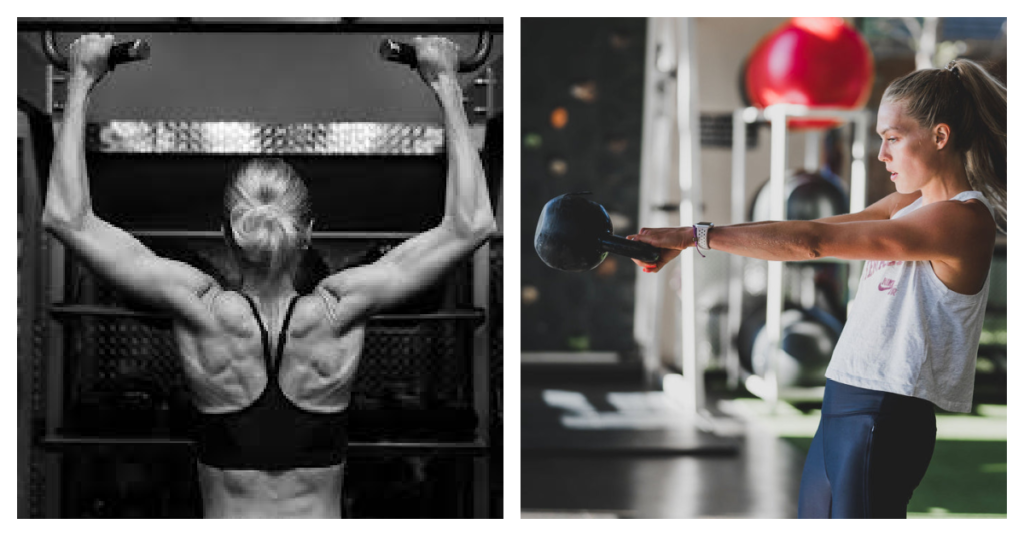
If the best runners in the world are making strength training a priority – and you want to achieve YOUR potential – then you should be, too.
“I feel like a completely different runner”
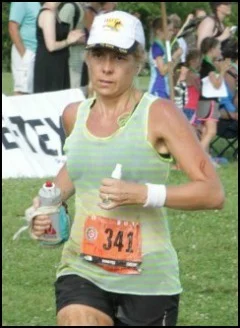
Deb – a mom who escaped a long cycle of injuries
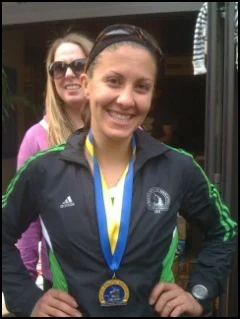
Sarah – a frustrated marathoner to Boston Qualifier
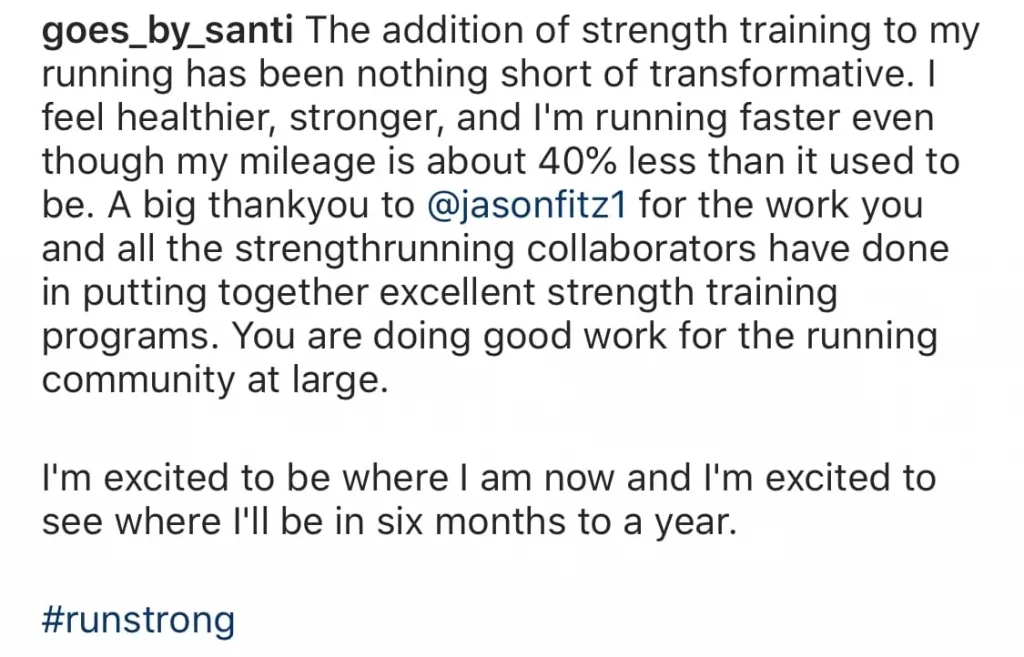
Even though every runner will see incredible progress with the right strength training, some of us sabotage ourselves.
Do You Make These Strength Training Mistakes?
“I already go to strength classes”
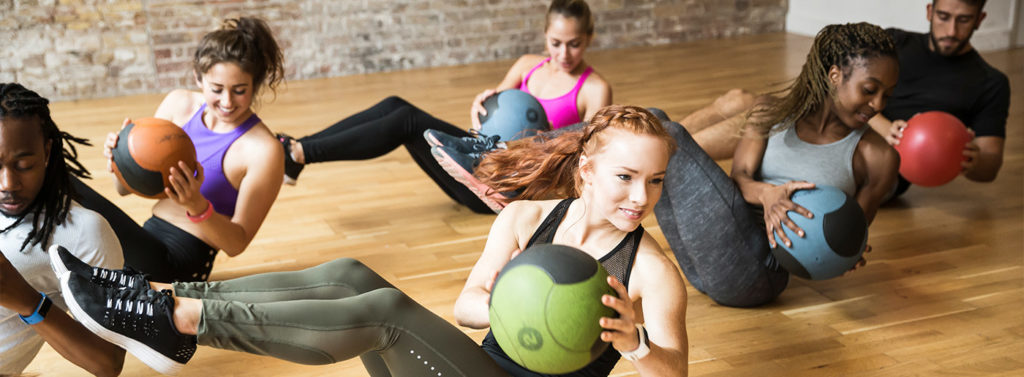
“I don’t have time for strength training!”
“But strength training will make me bulky!”
No, it won’t.
First, look at runners like Shalane Flanagan, Galen Rupp, or Kara Goucher (actually, look at ANY pro or collegiate runner).
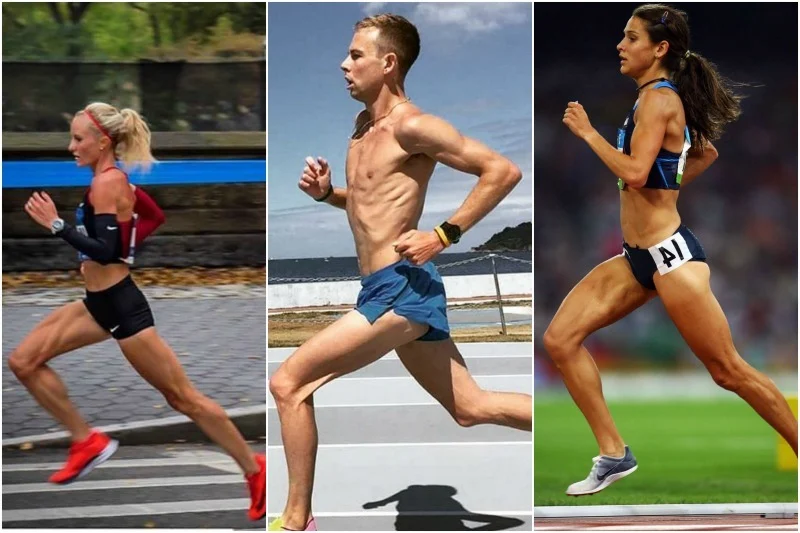
Let’s consider what’s necessary for hypertrophy, or muscle growth:
- A surplus of high-quality calories - especially protein
- A lifting program that prioritizes hypertrophy with high-volume, heavy lifting
- Absence of catabolic physical activity
Introducing:
For the first time, there’s now a progressive, periodized, power-oriented bodyweight strength program for runners.
If you’re passionate about discovering their potential, read on:
- The exercise progressions that build fast-twitch responsiveness - delivering you a lethal finishing kick at the end of races
- The surprising workouts that don’t require you to lift heavy weights (and have the wonderful side benefit of reducing your injury risk)
- How to improve your body composition, build lean muscle, and increase your running economy - with just two strength sessions per week
Bodyweight Power will show you exactly what to do – the exercises, recovery period, and proper ordering so you can focus on runner-specific strength and speed.
- Every exercise in HD video with multiple angles so you can see how they should look
- A beginner and intermediate plan so you can start wherever you're comfortable
- No fancy equipment required; just a single weight and exercise band
- The full 16 weeks of runner-specific, periodized bodyweight strength training
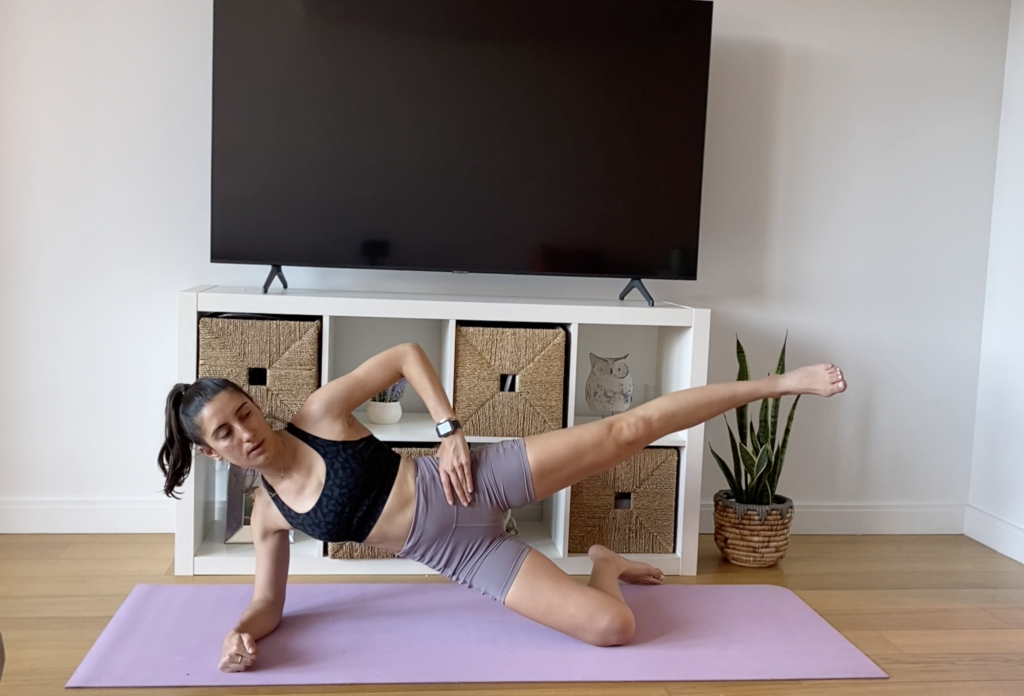
In 16 weeks, you will be more powerful and ready to smash your personal bests.
- A comprehensive Training Plan Library with three difficulty levels for the game 5000m, 10000m, half marathon, marathon, 50k, 50-mile, and 100-mile distances (18 plans in total)
- Exclusive interviews with Victoria Sekely, Pete Magill, Staci Ardison, Christie Aschwanden, Kate Galliett, and Ryan Smith
- Coaching Q&A so you know what to do when the program is over, how to complete Bodyweight Power a second time, and why we structured the program the way we did
Free Updates for Life
That means any updates, upgrades, or additions to the program are yours at no extra cost to you – for the life of the program.
Bodyweight Power Has 4 Phases:
Because BP is periodized, each phase of training has a distinct focus.
Periodization simply refers to the goal of the training. Just like your running plan progresses from easier running to harder running, simple to complex workouts, and lower mileage to higher mileage, Bodyweight Power progresses as well.
Phase 1: Your Foundation
The first four weeks will strengthen every muscle group in your body as well as toughen connective tissue, thicken tendons, and add durability to joint capsules, ligaments, and cartilage.
Phase 2: Increase Difficulty
Phase 3: Complexity + Intensity
Phase 4: Peak for Performance
Learn From the Best
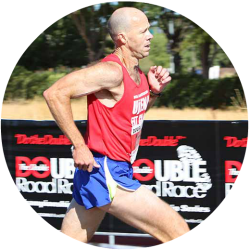
Pete Magill on Master’s Training
Pete Magill is a 60-year old Master’s Athlete, coach, and author.
He has coached at the youth, high school, open, and masters levels. He’s led his club teams to 19 masters national championships in cross country and road racing. He’s won the individual title in six masters national cross country championships, holds five American age group records, and is the oldest American to break 15:00 for 5K, running 14:45 for 5000 a few months before turning 50.
In this conversation, we focus on the aging athlete and how to adjust your training as you get older.

Ryan Smith on Common Running Problems
Ryan Smith is a physiotherapist with a Doctor of Physical therapy degree, CrossFit coach, and strength and conditioning coach. He is also a lead instructor for the Institute of Clinical Excellence in the Fitness Athlete division.
A former soccer player and wrestler, he believes strongly in strength training throughout your lifetime for longevity.
In this conversation, we focus on movement knowledge, pain, common physical problems he sees among runners, and a lot more.

Staci Ardison on the Power of Strength Training
Staci is one of the most transformative success stories I’ve seen among female strength athletes. Overweight and out of shape in 2010, she started lifting weights.
Today, she can deadlift over 400 pounds and squat over 250 pounds. She started as a CrossFit athlete and transitioned into powerlifting and even StrongMan competitions. She’s now a coach at Nerd Fitness.
Staci is joining us to inspire you to strength train, address common misconceptions, and answer common questions.
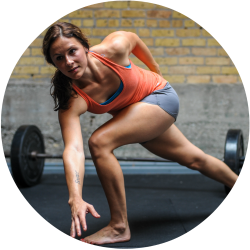
Kate Galliett on Movement and Injury Prevention
Kate Galliett is movement expert, trainer, and author specializing in functional movement, mobility, and strength.
She’s spoken and taught classes on injury prevention for all kinds of athletes from rock climbers, runners, to weight lifters.
Our discussion focuses on injury prevention and athleticism.

Victoria Sekely on Bodyweight Power

Christie Aschwanden on Effective Recovery
Christie Aschwanden is a science journalist and former health columnist for the Washington Post. Her book Good to Go is my favorite book exploring the topic of athletic recovery.
In this conversation, we discuss how runners can best recover from their workouts, whether we overcomplicate this issue, and what recovery methods are actually worth your time.
About Jason Fitzgerald
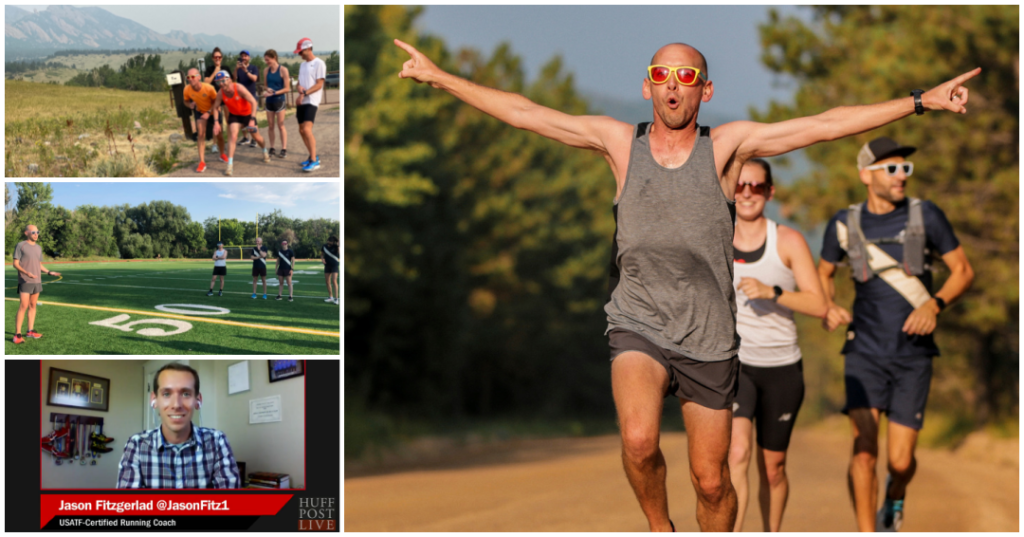
Jason Fitzgerald is a USATF certified coach and the founder of Strength Running, which includes his award-winning running blog, YouTube channel, and the top ranked Strength Running Podcast.
More importantly, he has helped tens of thousands of runners around the world just like you get stronger, prevent more injuries, and race faster. His work has been featured in:

Meet Dr. Victoria Sekely

Victoria Sekely is a RRCA and USATF-certified running coach, certified strength and conditioning specialist through the NSCA, and a doctor of physical therapy. She is the mastermind behind the strength programming in Bodyweight Power.
A guest on the Strength Running Podcast in episodes 135 and 231, her practical strength training advice has also been featured in Trail Runner Magazine, Newton Running, and other major media.
Victoria recognizes that stronger runners are better runners who are less likely to get injured, more likely to run faster, and have better form.
Is Bodyweight Power For You?
I’m from Boston, so I want to be direct: this program is not for everyone.


“I am happy to share that I ran 2:53:14 at the New Delhi Marathon in India on 3/7/21 thereby achieving a PR by over 16 mins at the distance in 12 months. I last ran a 3:09:58 at the same race in 2020.” – Shreyans
Does any of the below describe you? Then you should join:
- You WANT to follow a running-specific, bodyweight strength program
- You want to break through a plateau with your racing times
- You have a history of injuries and want to stay healthy (consistently)
- You can't seem to finish a race strong and would love a "higher gear" to kick hard at the end of a race
- You'd like to boost your efficiency so you can run faster with less effort
- You're serious about training and want every advantage to improve!
Runners who understand the transformative power of a strength and running coach-approved strength program are encouraged to join below.
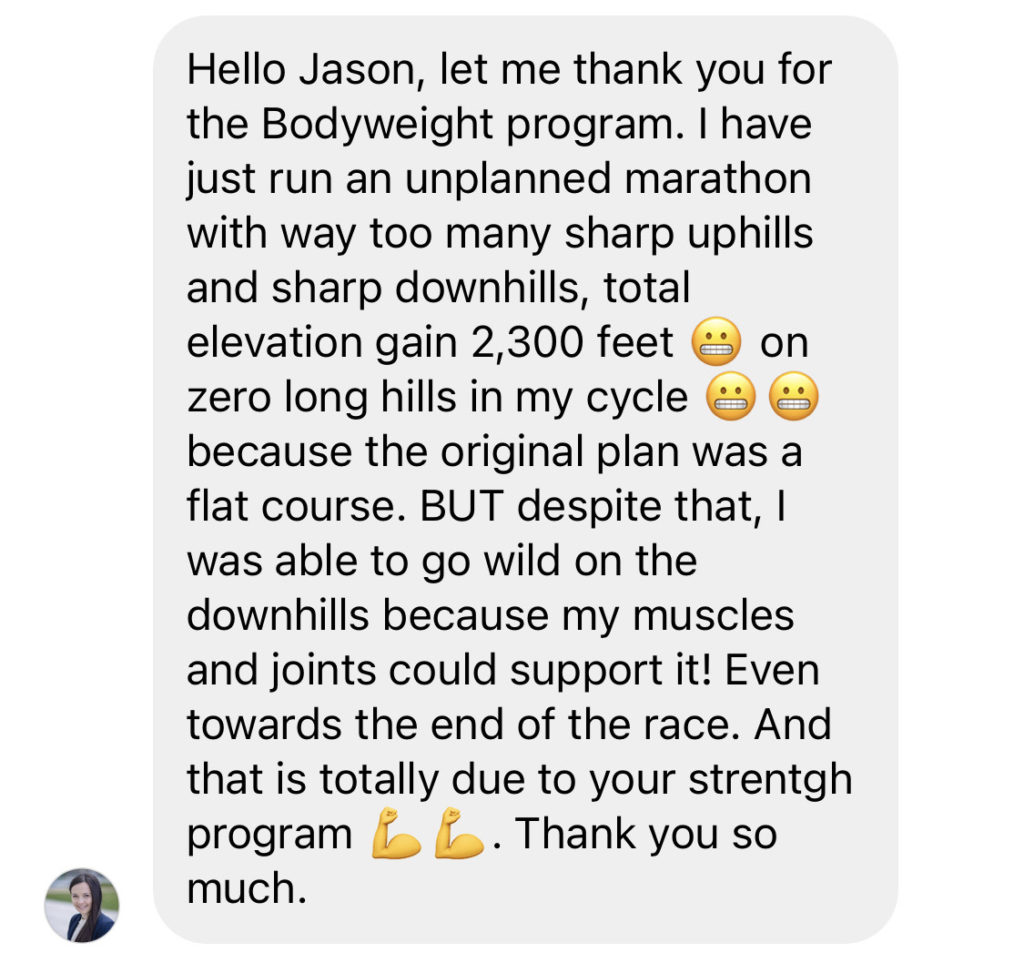
Which option is right for you?
PLUS: For the runner who wants it all
- All four phases of training with every exercise, progression, and plyometric included
- Every exercise demonstrated by Dr. Victoria Sekely in HD video
- The exact progression of volume and exercises to help you get faster with the least injury risk possible
- Exclusive interviews with Victoria Sekely, Pete Magill, Staci Ardison, Ryan Smith, Christie Aschwanden, and Kate Galliett
- The full BP Training Plan Library with 18 training plans for distances of 5k, 10k, half marathon, marathon, 50k, 50-mile, and 100-mile distances
Join Now for $199
(This is a one-time cost and you can start whenever you'd like with unlimited, lifetime access!)
- All four phases of training with every exercise, progression, and plyometric included
- Every exercise demonstrated by Dr. Victoria Sekely in HD video
- The exact progression of volume and exercises to help you get faster with the least injury risk possible
-
Exclusive interviews with Victoria Sekely, Pete Magill, Staci Ardison, Ryan Smith, Christie Aschwanden, and Kate Galliett -
The full BP Training Plan Library with 18 training plans for distances of 5k, 10k, half marathon, marathon, 50k, 50-mile, and 100-mile distances
Join Now for $149
(This is a one-time cost and you can start whenever you'd like with unlimited, lifetime access!)
You Have No Risk Investing in Bodyweight Power

Because if it doesn’t work for you, then I insist you get a complete refund.
Simple as that.
Frequently Asked Questions
Do I need a gym for this program?
No, absolutely not! We designed Bodyweight Power to be done anywhere.
If you have space for a yoga mat, then you have space to complete every workout in this program. The strength training sessions can be done in a bedroom, living room, or any place that has space for you to move about 5 steps to your left and right.
In fact, we purposefully filmed BP in a small Manhattan apartment to reinforce that you don’t need a dedicated gym to get strong.
I’m a complete beginner. Am I ready for Bodyweight Power?
It doesn’t matter if you’re new to strength training! You’ll still be able to perform all of the movements and exercises included in the program.
We have created two levels so you can start where you’re comfortable. And since these are bodyweight exercises, you don’t need any skill or experience to begin.
The first phase of the program is dedicated to general strength and injury prevention so you don’t need any experience. We’ll build your skill gradually from Day 1.
What are the training plans like?
The Training Plan Library included in the Plus tier of Bodyweight Power focuses on seven race distances: 5000m, 10000m, half marathon, marathon, 50k, 50-mile, and 100-mile distances.
The shorter race distances include three levels: beginner, intermediate, and advanced with mileage ranges from 22 – 59 miles per week. The ultramarathon distances include moderate and high volume plans ranging from 27 – 70 miles per week.
How much time will I need to devote to Bodyweight Power?
Bodyweight Power includes two workouts per week for 30-60 minutes depending on the phase of training and individual workout.
In total, you should plan for about two hours per week to complete all of the workouts and gain the strength, power, and coordination from those sessions.
Is Bodyweight Power for trail runners?
Definitely. In fact, trail running can be more physically demanding so it’s even more important to get strong!
Trail running requires high levels of proprioception (knowing where your body is in space), coordination, and strength. A running-specific strength program will deliver these benefits.
Stronger runners will also better navigate the more frequent turns, varying terrain, changing elevation, and mid-race surges needed for successful trail running.
I’m injury prone. Will I get hurt?
Just like running, strength training has a certain amount of injury risk (as does almost every physical activity!).
But we recognize that injuries are uncommon with bodyweight exercises; the amount of overload is minimal. In fact, the risks of not doing any strength training are more substantial!
Even so, we’ve taken several precautions to guard you against injury:
First, we’re adamant about proper form! We show you how to complete every exercise in HD video from two different angles. We also have text descriptions of every exercise telling you how to perform them correctly.
Second, every workout is manageable. You won’t be performing hundreds of repetitions or spending too long with your strength training.
Even if you’re brand new to strength training, Bodyweight Power is a safe way to start.
Is Bodyweight Power for seniors?
Yes, definitely! Bodyweight exercises are safer than heavy lifts in a gym so this is a great place to start strength training if you’re an older runner.
The only consideration that runners in their 60’s or beyond should consider is recovery. It may take longer to recover, so you’ll need to be flexible at the beginning of the program.
But strength work is universal. And strength – as a physical skill – is even more important for older runners.
Even if you’re an older runner, you’ll notice a big difference.
Is Bodyweight Power for women?
Of course!
Jason purposefully partnered with Victoria Sekely to showcase women strength training. She not only developed the programming but she also demonstrated all of the exercises.
Women are featured prominently in BP because not only are the exercises appropriate for women – they’re highly beneficial for women.
This is reinforced in our interviews with weightlifter Staci Ardison, strength coach Victoria Sekely, and movement expert Kate Galliett.
I already strength train. Why should I join?
There are many types of strength training that are simply not ideal for runners:
- CrossFit: It has a dramatically higher injury risk, it's not specific to running, and focuses far too much on metabolic conditioning
- Body Pump or other gym classes: They're too aerobically challenging for runners (and not specific to our need for power and explosivity)
- Bootcamp: Instead of focusing on power and strength, these prioritize aerobic fitness (which is not what we runners need!).
- Random Sampling: Our training should not resemble a cocktail party with us sampling appetizers. Instead, we should methodically progress with a periodized strength program.
How Will Strength Training Impact Your Running?
Hear From Real Runners Just Like You

Christie: “There isn’t a price on that”
I was surprised that I could feel myself getting stronger without spending a lot of time in the gym. I also saw my training runs not only improve in time, but also how I felt during the run and after.

Alex: “A remarkable change in how I feel”
I’ve noticed a remarkable change in how I feel. The strength in my hips and glutes is the highest it’s ever been, including my competition days in college. This leads to a much more stable feeling when I’m running.
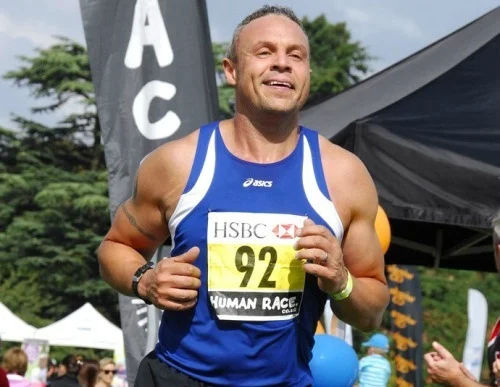
Rik: “I beat my 10k PB by almost 2 minutes!”
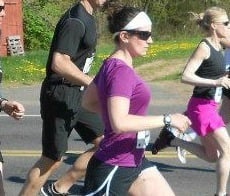
Aimee: “I reached all of my goals and qualified for Boston”
Choose Your Level:
PLUS: For the runner who wants it all
- All four phases of training with every exercise, progression, and plyometric included
- Every exercise demonstrated by Dr. Victoria Sekely in HD video
- The exact progression of volume and exercises to help you get faster with the least injury risk possible
- Exclusive interviews with Victoria Sekely, Pete Magill, Staci Ardison, Ryan Smith, Christie Aschwanden, and Kate Galliett
- The full BP Training Plan Library with 18 training plans for distances of 5k, 10k, half marathon, marathon, 50k, 50-mile, and 100-mile distances
Join Now for $199
(This is a one-time cost and you can start whenever you'd like with unlimited, lifetime access!)
- All four phases of training with every exercise, progression, and plyometric included
- Every exercise demonstrated by Dr. Victoria Sekely in HD video
- The exact progression of volume and exercises to help you get faster with the least injury risk possible
-
Exclusive interviews with Victoria Sekely, Pete Magill, Staci Ardison, Ryan Smith, Christie Aschwanden, and Kate Galliett -
The full BP Training Plan Library with 18 training plans for distances of 5k, 10k, half marathon, marathon, 50k, 50-mile, and 100-mile distances